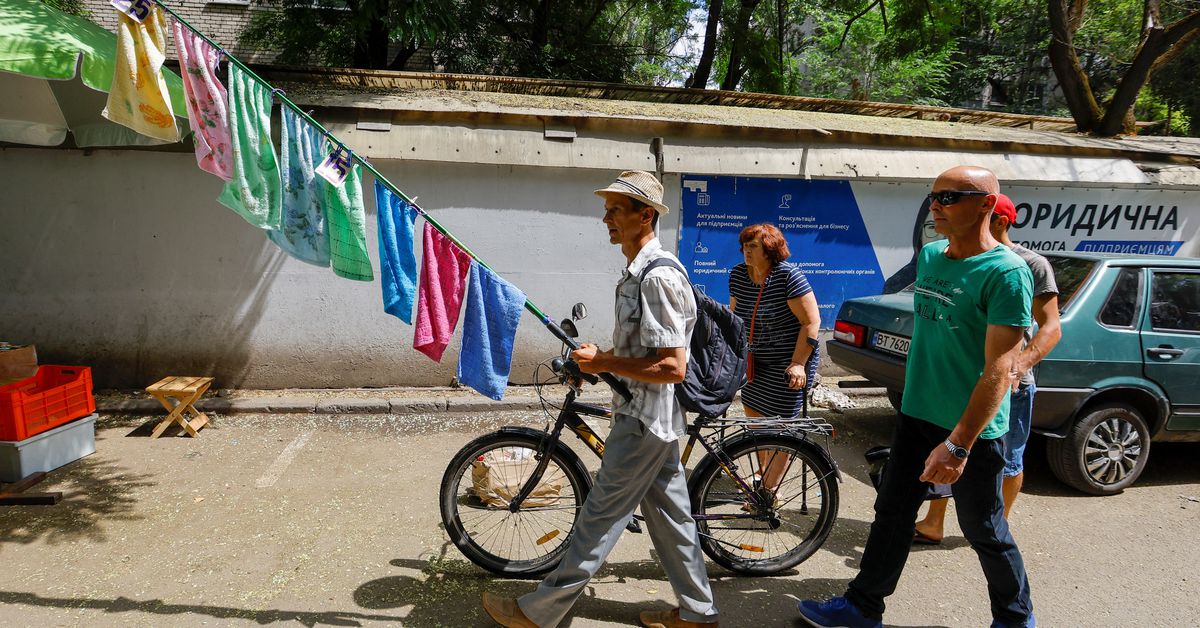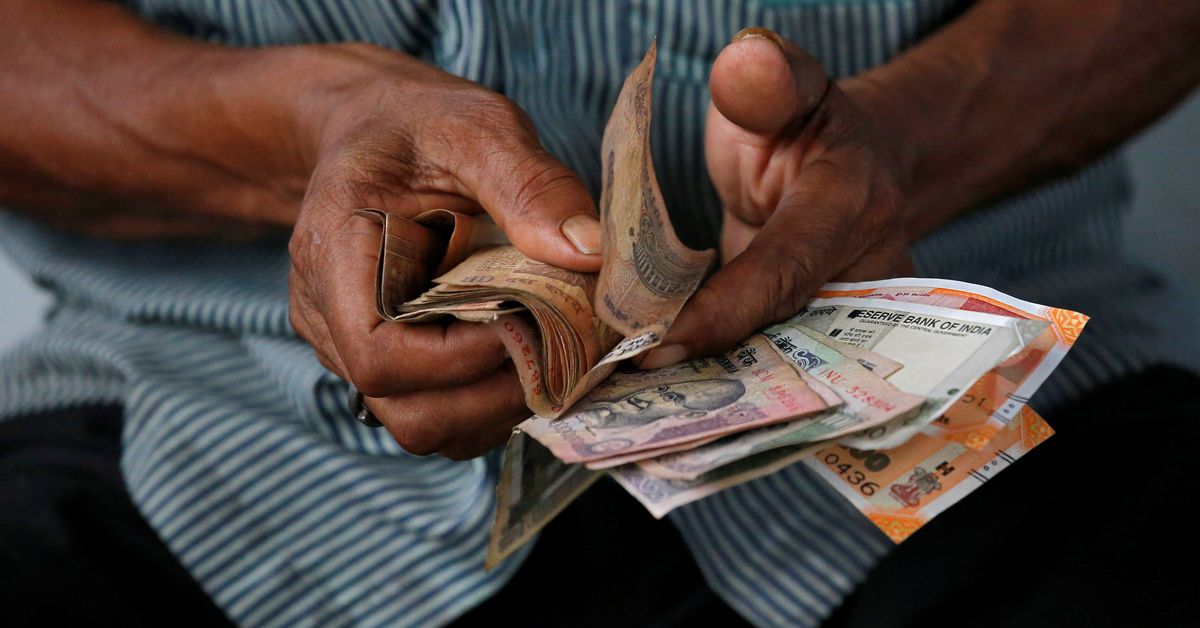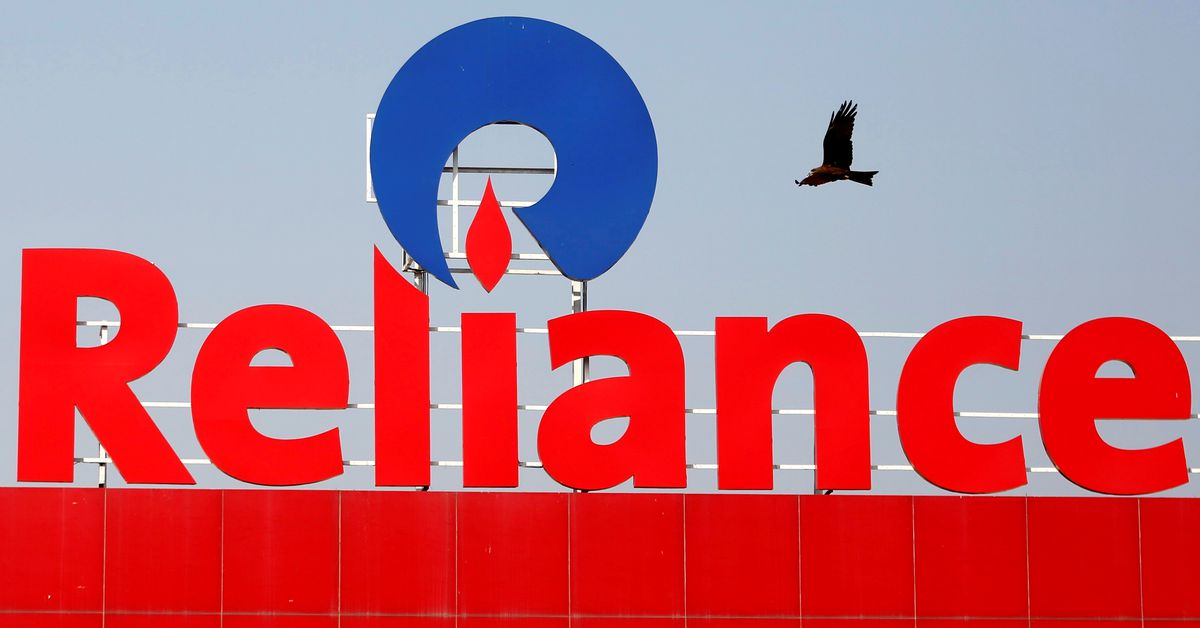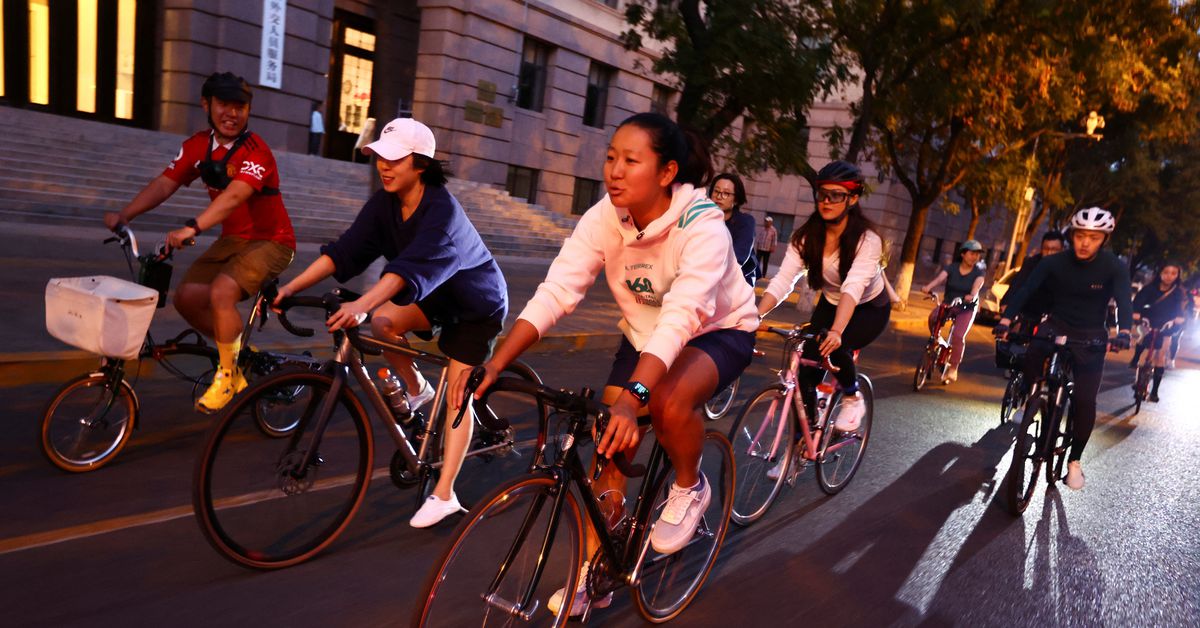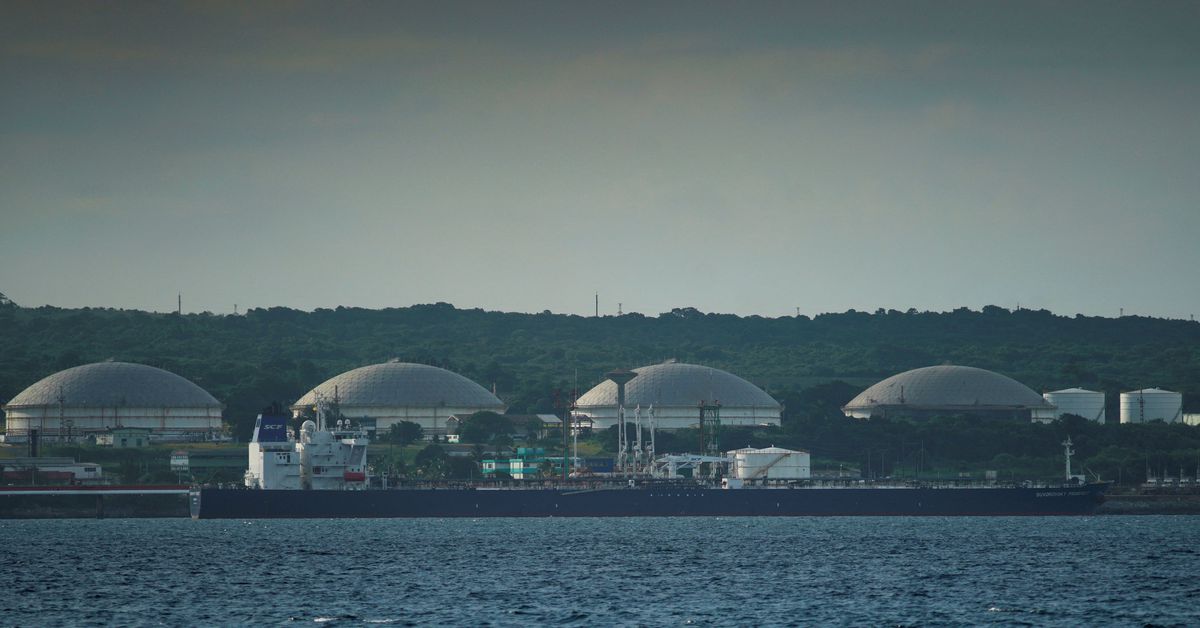LONDON, Oct 13 (Reuters) – A Russian region adjoining Ukraine said it was preparing to receive refugees from the Russian-held part of Ukraine’s Kherson province, after its Russian-appointed leader proposed on Thursday that residents leave to seek safety as Ukrainian forces advance.Most of the Kherson region was seized in the first days of Russia’s invasion as it sent in troops from adjoining Crimea. It is one of four partly occupied Ukrainian regions that Russia proclaimed as its own last month in a move overwhelmingly condemned on Wednesday by the U.N. General Assembly.However, since August it has been the scene of a major advance by Ukrainian forces.Register now for FREE unlimited access to Reuters.comIn a video statement on Telegram, Vladimir Saldo publicly asked for government help in moving civilians to safer regions of Russia.”Every day, the cities of Kherson region are subjected to missile attacks,” Saldo said.”As such, the leadership of Kherson administration has decided to provide Kherson families with the option to travel to other regions of the Russian Federation to rest and study,” he said, adding that people should “leave with their children”.He said the suggestion applied foremost to residents on the west bank of the Dnipro River – an area that includes the regional capital, Kherson.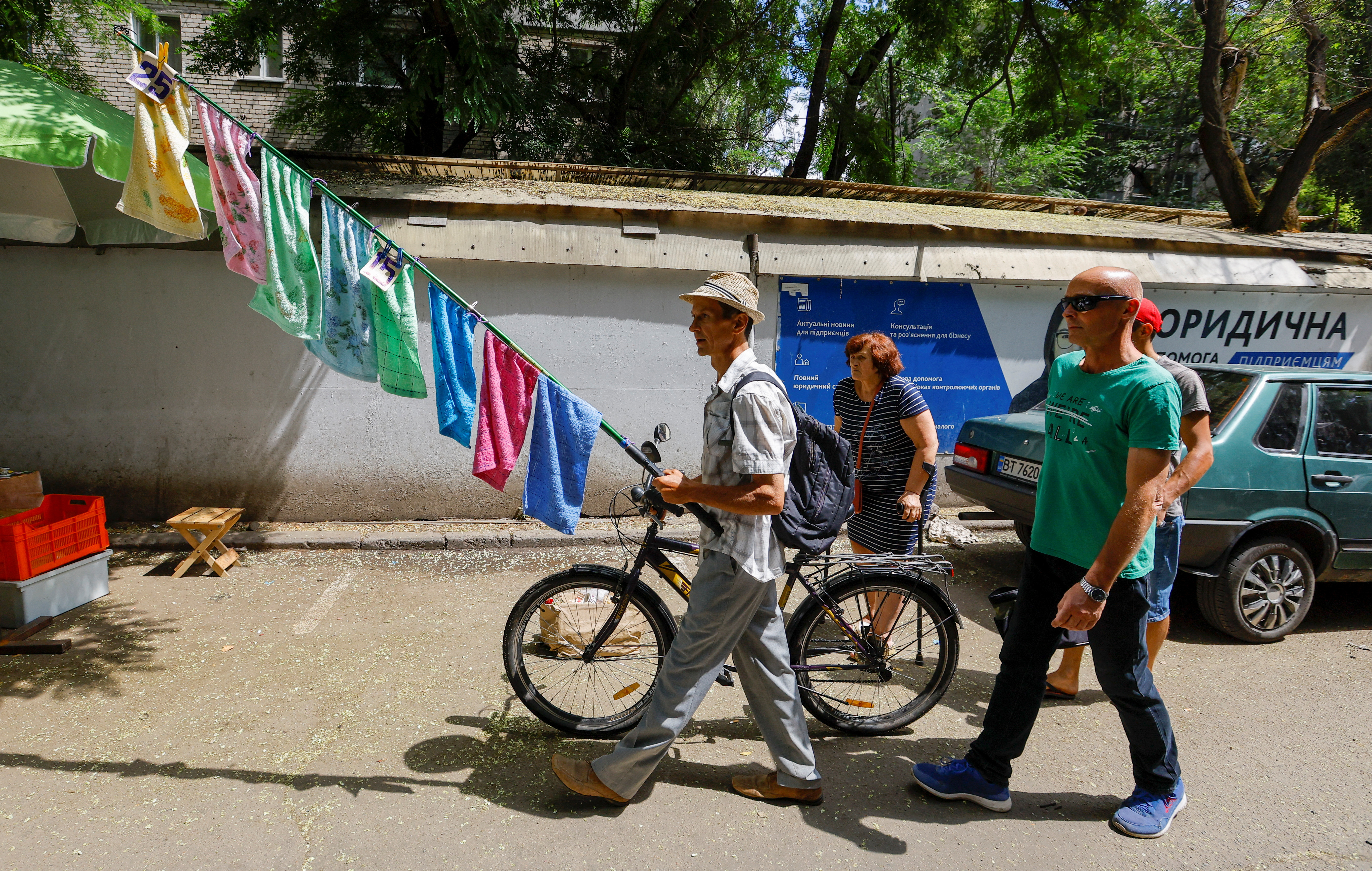 Local residents visit a street market during Ukraine-Russia conflict in the Russia-controlled city of Kherson, Ukraine July 26, 2022. REUTERS/Alexander Ermochenko”But at the same time, we suggested that all residents of the Kherson region, if there is such a desire, to protect themselves from the consequences of missile strikes, also go to other regions.”The TASS news agency quoted the governor of Russia’s Rostov region, Vasily Golubev, as saying that a first group of people from Kherson would arrive there on Friday.”The Rostov region will accept and accommodate everyone who wants to come to us from the Kherson region,” he said.Russian Deputy Prime Minister Marat Khusnullin said those leaving Kherson would be provided with free accommodation and necessities – and, if they decided to remain outside Kherson permanently, with housing.Russia’s incorporation of the four regions has been denounced by Kyiv and the West as an illegal annexation like that of Crimea, which Russia seized in 2014. At the U.N. General Assembly, 143 of 193 countries condemned it in Wednesday’s vote.Ukrainian authorities say hundreds of thousands of Kherson’s residents have fled, mostly to unoccupied parts of Ukraine, including half the pre-war population of the regional capital.Any major territorial losses in Kherson would restrict Russia’s access to the Crimean peninsula further south, whose return Kyiv has coveted since 2014.Register now for FREE unlimited access to Reuters.comReporting by Reuters; Editing by Kevin Liffey, Mark Trevelyan and Sandra MalerOur Standards: The Thomson Reuters Trust Principles. .
Local residents visit a street market during Ukraine-Russia conflict in the Russia-controlled city of Kherson, Ukraine July 26, 2022. REUTERS/Alexander Ermochenko”But at the same time, we suggested that all residents of the Kherson region, if there is such a desire, to protect themselves from the consequences of missile strikes, also go to other regions.”The TASS news agency quoted the governor of Russia’s Rostov region, Vasily Golubev, as saying that a first group of people from Kherson would arrive there on Friday.”The Rostov region will accept and accommodate everyone who wants to come to us from the Kherson region,” he said.Russian Deputy Prime Minister Marat Khusnullin said those leaving Kherson would be provided with free accommodation and necessities – and, if they decided to remain outside Kherson permanently, with housing.Russia’s incorporation of the four regions has been denounced by Kyiv and the West as an illegal annexation like that of Crimea, which Russia seized in 2014. At the U.N. General Assembly, 143 of 193 countries condemned it in Wednesday’s vote.Ukrainian authorities say hundreds of thousands of Kherson’s residents have fled, mostly to unoccupied parts of Ukraine, including half the pre-war population of the regional capital.Any major territorial losses in Kherson would restrict Russia’s access to the Crimean peninsula further south, whose return Kyiv has coveted since 2014.Register now for FREE unlimited access to Reuters.comReporting by Reuters; Editing by Kevin Liffey, Mark Trevelyan and Sandra MalerOur Standards: The Thomson Reuters Trust Principles. .
INDIA RUPEE Rupee seen higher on current account deficit surprise, dollar retreat
MUMBAI, Sept 30 (Reuters) – The Indian rupee is expected to open higher against the U.S. dollar on Friday, after the country reported a lower-than-expected current account deficit for the June quarter.The dollar index pulling back further from multi-year highs will likely be an additional boost for the rupee, traders said.The rupee is likely to open around 81.65-81.70 per dollar, up from 81.86 in the previous session.Register now for FREE unlimited access to Reuters.comIndia posted a CAD of $23.9 billion in the April-June period, wider than $13.4 billion in the preceding quarter but lower than $30.5 billion that economists were expecting.In terms of percentage of the GDP, the CAD widened to 2.8%, the highest in four years. A Reuters poll of 18 economists were expecting CAD of 3.6% of the GDP.”A slightly larger services surplus, and remittances, ensured the deficit did not widen dramatically,” said Rahul Bajoria, chief India economist at Barclays Bank.Bajoria expects the CAD to remain elevated in the coming quarters, thanks to the revival in domestic demand and the ongoing impact of elevated commodity prices.Traders await the Reserve Bank of India’s policy decision at 1000 IST (0430 GMT). The surging Treasury yields and the resultant pressure on the rupee is likely to prompt the RBI reason to deliver a 50-basis-point rate hike. read more “In the context how quickly the rupee has fallen over the last few days, we think it is almost certain the RBI will deliver a 50 basis point hike and a hawkish commentary,” a trader at a Mumbai-based bank said.FTSE Russel said India will be retained on its watch list for a potential upgrade to Market Accessibility Level ‘1’ and for consideration for inclusion in the FTSE Emerging Markets Government Bond Index (EMGBI).”FTSE Russell outcome reduces the likelihood that India would be added to GBI-EM, as it suggests that there have not been sufficient progress on overcoming operational hurdles,” DBS said in a note.The dollar index dropped about 1% on Thursday to near 112, pulling back away from the two-decade high of 114.78. A rally in the British pound to above 1.10 to the dollar pulled down the gauge.KEY INDICATORS: ** One-month non-deliverable rupee forward at 81.82; onshore one-month forward premium at 26 paise** USD/INR NSE October futures closed at 82.0175 on Thursday** USD/INR forward premium for end October is 24 paise** Dollar index at 112.12** Brent crude futures down 0.3% at $88.2 per barrel** Ten-year U.S. note yield at 3.79%** SGX Nifty nearest-month futures down 0.6% at 16,715** As per NSDL data, foreign investors sold a net $255.9 million worth of Indian shares on Sept. 28** NSDL data shows foreign investors sold a net $45.8 million worth of Indian bonds on Sept. 28Register now for FREE unlimited access to Reuters.comReporting by Nimesh Vora; Editing by Rashmi AichOur Standards: The Thomson Reuters Trust Principles. .
India’s Reliance launches first in-house premium fashion store
BENGALURU, Sept 29 (Reuters) – Reliance Industries Ltd’s (RELI.NS) retail unit launched its first in-house premium fashion and lifestyle store on Thursday, as the billionaire Mukesh Ambani-led company continues to grab a bigger slice of India’s luxury market.The new store chain called Azorte, the first of which was launched in Bengaluru, will compete with the likes of Mango and Industria de Diseno Textil SA-owned Zara (ITX.MC), and cater to millenials and Gen Z.”The mid-premium fashion segment is one of fastest growing consumer segments as millennials and the Gen Z are increasingly demanding the latest of international and contemporary Indian fashion,” Akhilesh Prasad, chief executive of the fashion and lifestyle arm of Reliance Retail, said.Register now for FREE unlimited access to Reuters.comThe launch is a part of the Ambani company’s aggressive strides in the retail industry, forging partnerships with domestic and global brands. read more The company plans to build a portfolio of 50 to 60 grocery, household and personal care brands within the year and is in advanced talks to get the rights for LVMH-owned French beauty brand Sephora in India.Reliance’s luxury and lifestyle foray has been led by Ambani’s daughter Isha.Register now for FREE unlimited access to Reuters.comReporting by Nandan Mandayam and Nivedita Bhattacharjee in BengaluruOur Standards: The Thomson Reuters Trust Principles. .
Premium bicycles win new fans among China’s city folk
Register now for FREE unlimited access to Reuters.comBEIJING, Sept 13 (Reuters) – Zhou Changchang likes to spend his spare time cruising along the streets of China’s capital with his cycling club friends, on his Tiffany Blue bicycle made by the British company Brompton.The 42-year-old teacher is part of a growing army of cycling enthusiasts in China, who are splashing out on premium bicycles made by the likes of Brompton, Giant and Specialized, fuelling a market that consultancy Research & Markets estimates could be worth $16.5 billion by 2026.Social media and e-commerce platforms say there has been a surge of interest in cycling over the past year and sales of bicycles and gear are booming.Register now for FREE unlimited access to Reuters.comTypically, Chinese cyclists will pay more than 13,000 yuan ($1,870) for an inner-city, high-end foldable bike made by the likes of Brompton. High-performance road bikes, made for longer journeys, start at around 10,000 yuan ($1,450) and can go many times higher.Last month, media reported that a bicycle made by luxury brand Hermes sold for 165,000 yuan ($24,500).”The majority of riding hobbyists are willing to splurge,” e-commerce platform JD.com said last month.It said road bike sales on its platform had more than doubled from June to August compared with the same time last year, while riding apparel sales had jumped 160%.China has had a long love affair with bicycles and was once known as the “kingdom of bicycles”.For decades, bikes made by the likes of the Flying Pigeon company filled the streets.Cycling fell out of fashion when a growing middle class turned to cars but bike manufacturers saw a revival in 2014 as bike-sharing companies like Mobike and Ofo sprang up to flood cities with their fleets, offering rides as cheap as 1 yuan.Zhou, like many cyclists, said he got into biking to get fit. COVID-19 and its lockdowns also created a urge for the open road.”I really longed for the outdoors and fresh air,” said Shanghai office worker Lily Lu who went out and ordered a Brompton bike for 13,600 yuan ($1,965) the day after she was released from a three-month lockdown.As the craze gathers pace, manufacturers are struggling to meet demand. Lu said she had to wait two months to get her bicycle. Brompton did not respond to a request for comment.China’s Pardus, which makes racing bikes that can cost more than 30,000 yuan ($4,335), said sales doubled from last year and its factory was operating around the clock.”Everything is out of stock,” said Pardus branding director Li Weihai.
($1=6.96 yuan)Register now for FREE unlimited access to Reuters.comReporting by Sophie Yu, Brenda Goh; Editing by Robert BirselOur Standards: The Thomson Reuters Trust Principles. .
U.S. says Russia price cap should take risk premium out of oil market
Liberia-flagged Aframax tanker Suvorovsky Prospect discharges fuel oil from Russia at the Matanzas terminal, in Matanzas, Cuba, July 16, 2022. REUTERS/Alexandre Meneghini/File PhotoRegister now for FREE unlimited access to Reuters.comSINGAPORE/WASHINGTON, Sept 9 (Reuters) – The price cap that G7 countries want to impose on Russian oil to punish Moscow should be set at a fair market value minus any risk premium resulting from its invasion of Ukraine, a U.S. Treasury Department official told reporters on Friday.The price should be set above the marginal production cost of Russia’s oil and take into consideration historical prices, said Elizabeth Rosenberg, U.S. Treasury Assistant Secretary for Terrorist Financing and Financial Crimes.The G7 price cap plan agreed last week calls for participating countries to deny insurance, finance, brokering and other services to oil cargoes priced above a yet to be set price cap on crude and two oil products. read more Register now for FREE unlimited access to Reuters.comRosenberg said services providers would not have to police price cap compliance themselves but could rely on the attestations of buyers and sellers, leaving enforcement to participating jurisdictions.She said the G7 countries – Britain, Canada, France, Germany, Italy, Japan and the United States – would work together in coming weeks to determine the capped price and other key implementation details.”There are several key data points we are considering and how the prices should ultimately be set and that includes the marginal cost of production for Russian oil,” Rosenberg told a briefing call held for media in Asia.”The price cap price should be … in line or consistent with historical prices accepted by the Russian market.”That could imply a potential cap of around $60 a barrel, experts say, as Russian Urals crude, based off of benchmark Brent, sold for $50 to $70 a barrel in 2019.Russian government documents have identified a marginal crude production cost of $44 per barrel, although some Western officials believe it may be somewhat lower.A European official said G7 members had not begun formal discussions about the price cap, although officials had “notions” about what was possible.”The idea is that you still incentivize Russian oil producers to export by guaranteeing a price in line with their cost of production with a small incentive,” the official said.U.S. Treasury Secretary Janet Yellen and other Biden administration officials have been travelling to oil consuming countries to promote a mechanism that seeks to cut Russia’s oil export revenues, the lifeblood of its war machine, without reducing volumes of Russian shipments to global markets.Russian President Vladimir Putin has said Russia would halt shipments to countries that impose the price cap. read more Putin says Russia is conducting a “special military operation” in Ukraine to protect his country’s security against expansion of the Western military alliance NATO. read more Register now for FREE unlimited access to Reuters.comReporting by Florence Tan in Singapore, and David Lawder, Timothy Gardner and Andrea Shalal in Washington; Writing by Timothy Gardner and David Lawder; Editing by Christian Schmollinger and Tom HogueOur Standards: The Thomson Reuters Trust Principles. .


